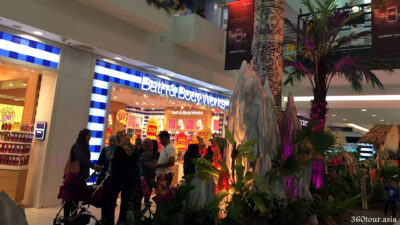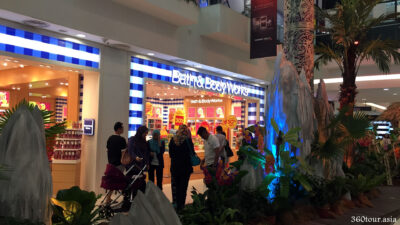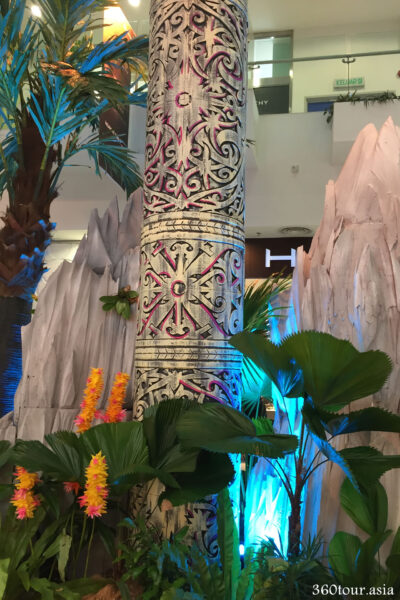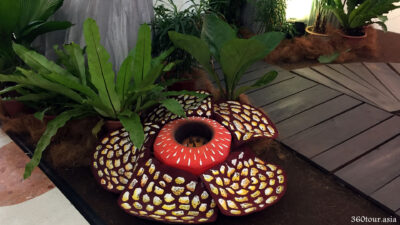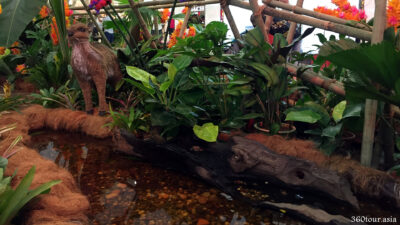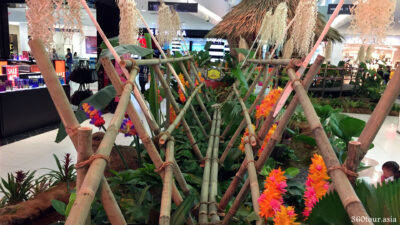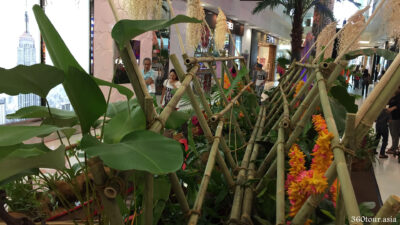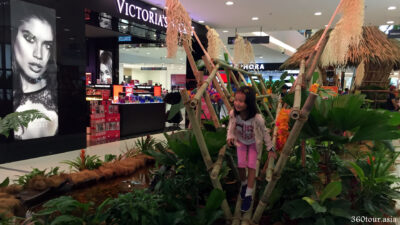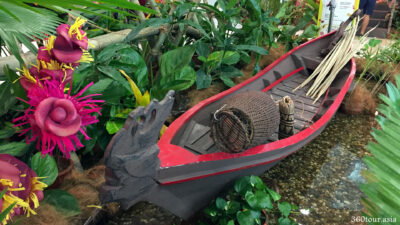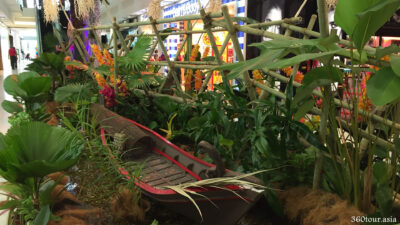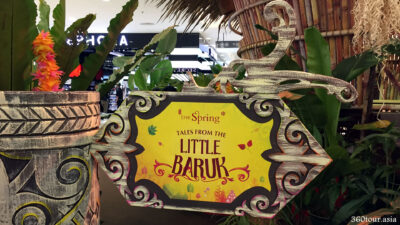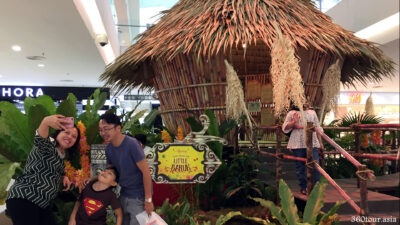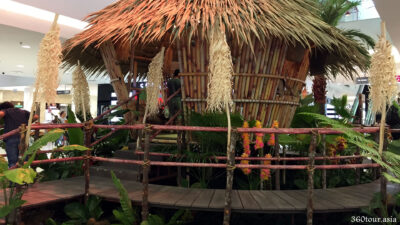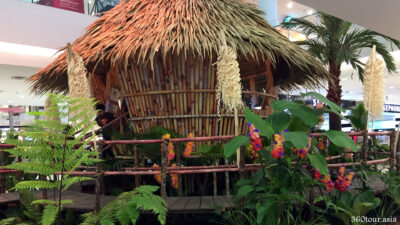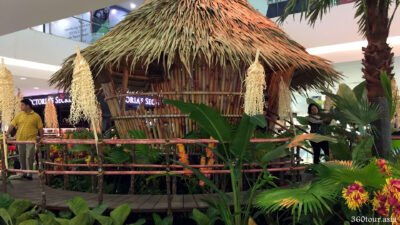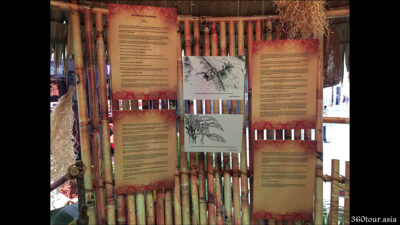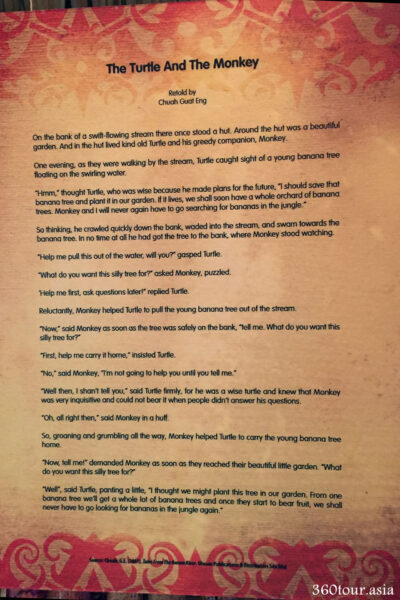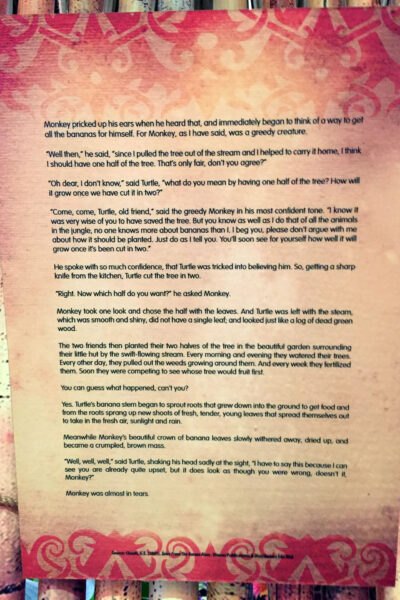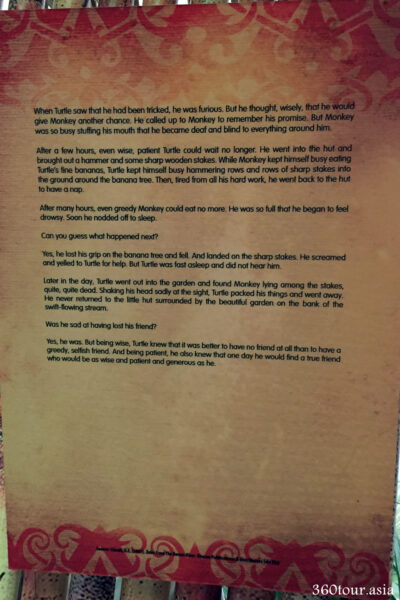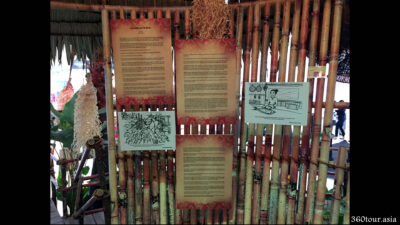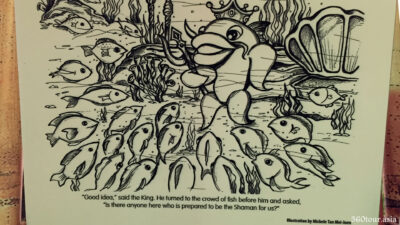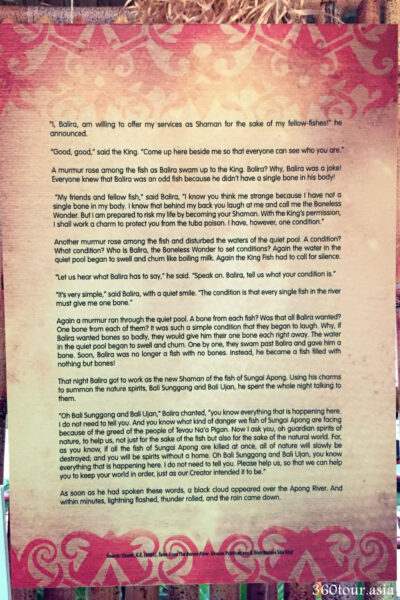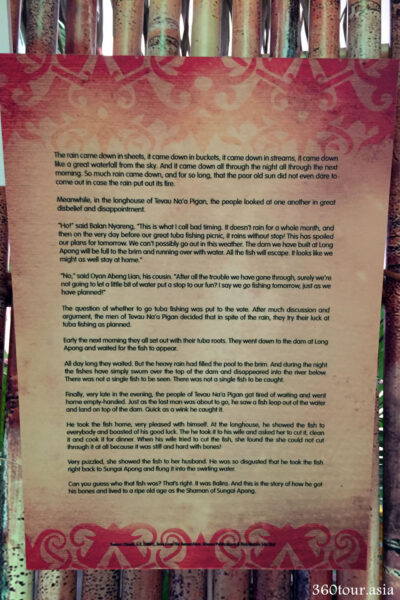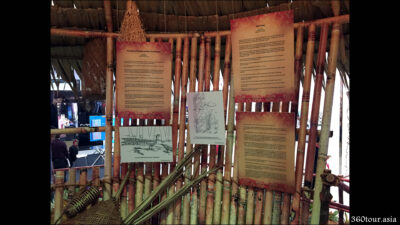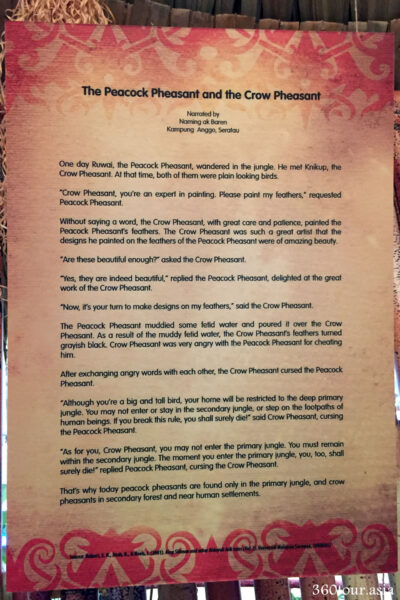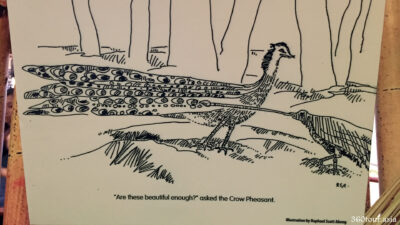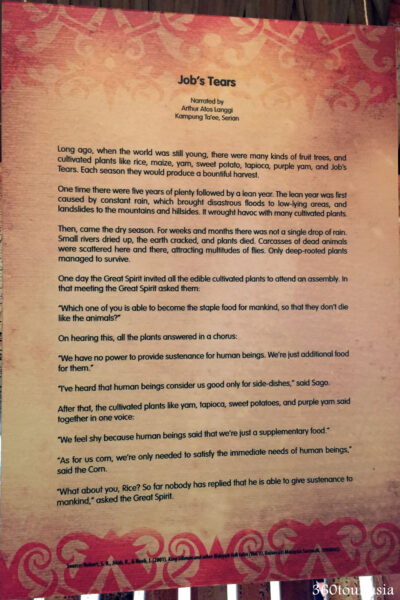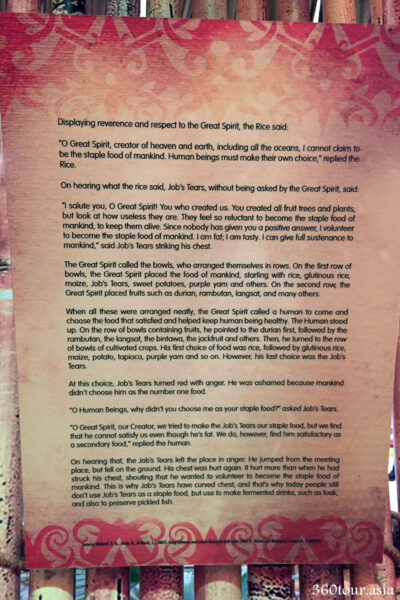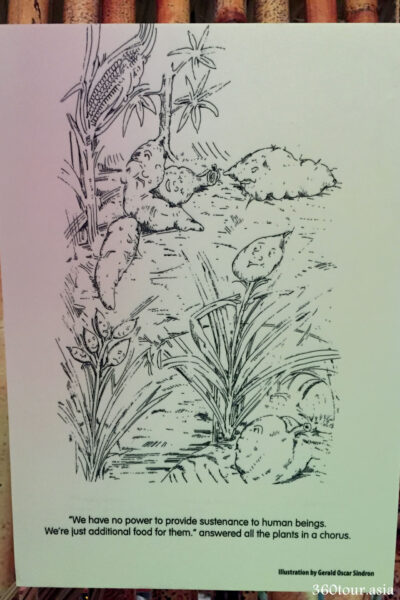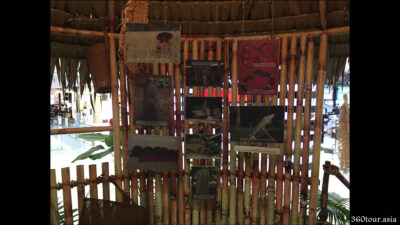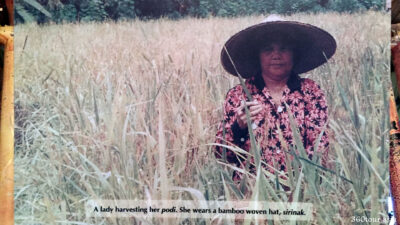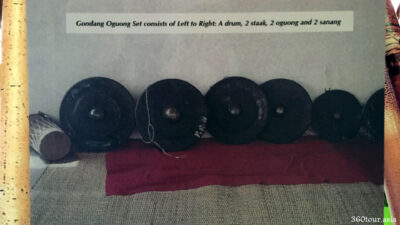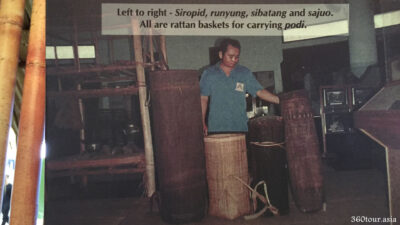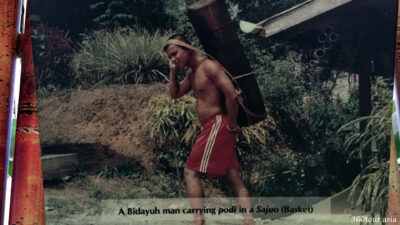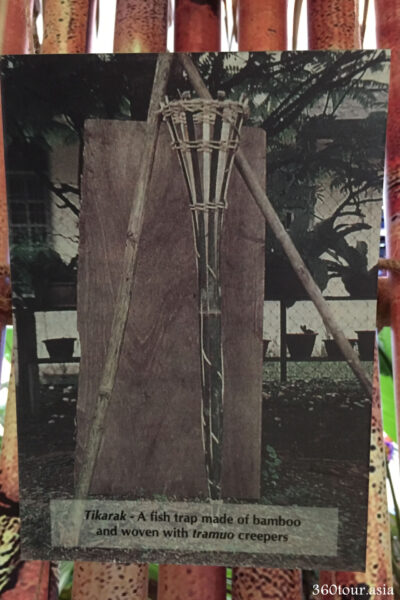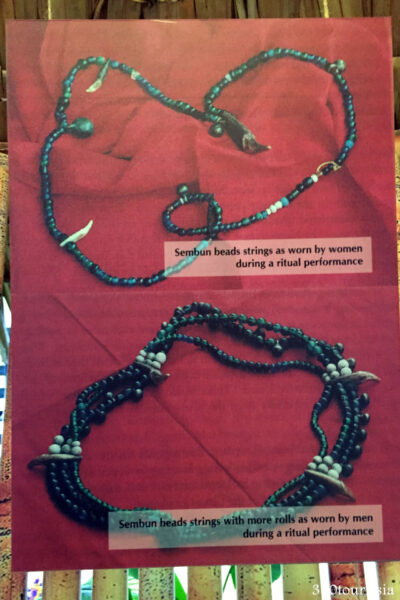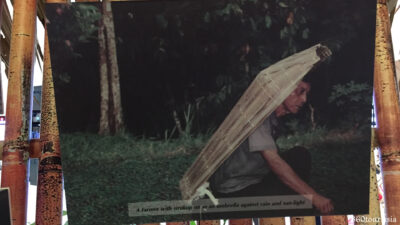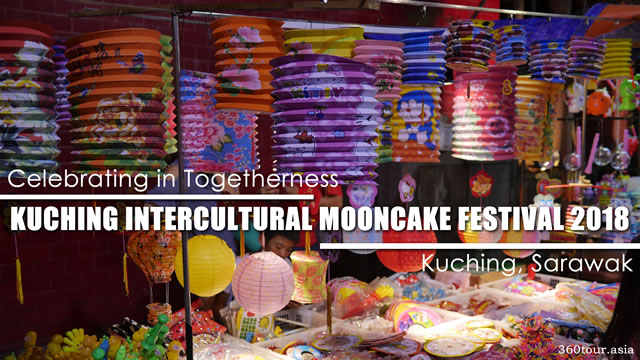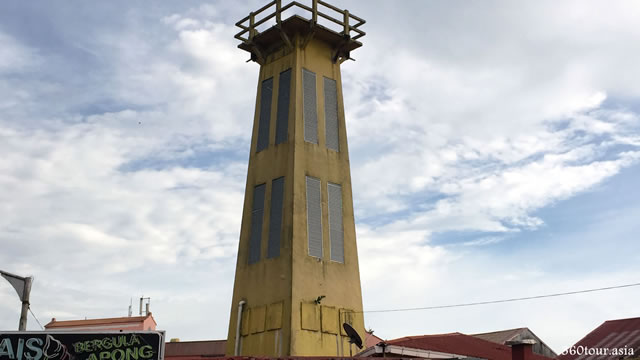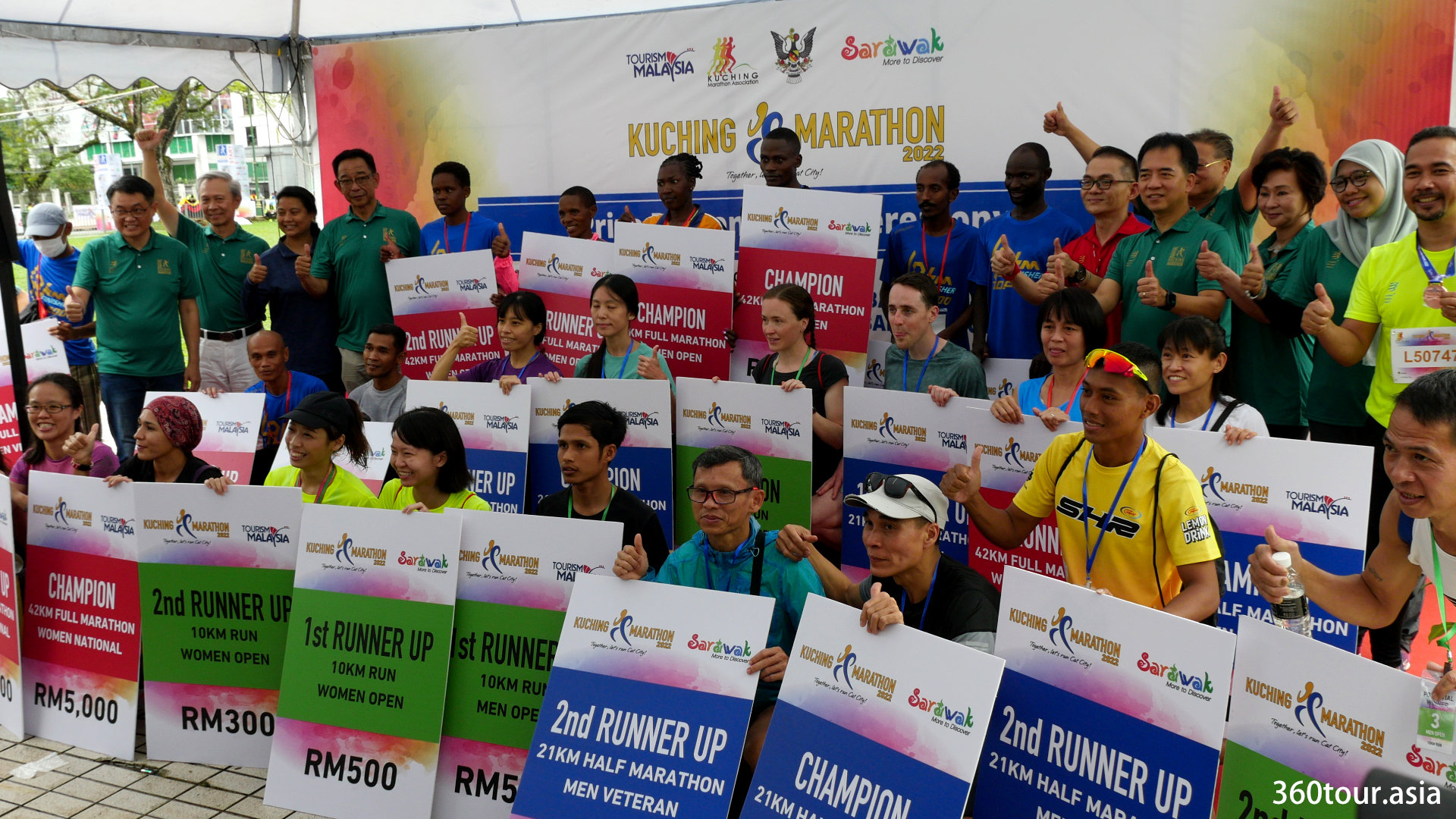Hari Gawai or Gawai Dayak falls on 1st and 2nd June each year in Sarawak. This harvest festival is celebrated by majority Ibans (sea Dayaks) and Bidayuhs (Land Dayaks) . The word ‘Dayak’ is referring to the several hundred sub ethnic groups of indigenous people of Borneo.
The Gawai Harvest Festival marks the end of the harvesting season, and was celebrated with singing, dancing, open house and competitions.
As Gawai is the major celebration in Sarawak, shopping malls never forgets to pack some festive season mood into decoration of their malls to act as a token of honor, entertainment and education opportunity for the younger generation about diversity of culture of Sarawak.
The Spring Mall Kuching have packed with Dayak themed ornaments, culture display, special events and the featured Baruk (The Native Bamboo House) at the center court of the mall.
The theme for Gawai Festival this year is “Tales from the Little Baruk” .
Events Highlight
- 19 may – 28 may
The Spring’s Ruai Gawai Kitai
Eat, Drink and Celebrate
5.00PM-10.00PM, Alfresco - 20 may
Opening Ethnic Performance
Bidayuh Dancers with live music
2.30pm, Center Court - 21 may
The Origins of The Bunga Terung
A storeytelling and bookmark making workshop by Pustaka Bookaroo
3.00PM – 4.00PM, Center Court - 24 may – 04 jun
Gawai Book Fair
by MPH Bookstores
10.00AM – 10.00PM, 1st floor Center Court - 27 may
Sape Performance
2.30PM, Center Court
When visitors first come in from the mall entrance from the west court, they will notice a cluster of replica ornaments that representing the unique features that can find in Sarawak.
First is the Razor Sharp Rock formations, standing tall at the center of the walkways. These white majestic stone formations representing the rock mountain stone formation at Mulu National Park. Color lighting shining on these replicas create a sense of harsh beauty.
The replica tribal totem is placed right in the middle is based on a real sized totems with native motive carvings of creepers and hornbills. The totem is meant to be carved from a single timber wood, with height that may span two-three storey height.
Around these rock formations, there are replica displays of plants and animals that can be natively found in Tropical Rain forest of Sarawak, including the Mouse deer, Sago Palm, and Giant Rafflesia Flower. There is also artificial stream along the display, with live fish inside.
There is a Bamboo Bridge on display , and such unique bridge making can be found in long houses of the indigenous people of Sarawak. The making of the bridge is an art itself. Visitor can try their skills in walking across this bridge.
There is a actual size replica boat on display, showing the unique craftsmanship of native boat making.
At the center court is where the major attraction is, Featuring “Tales from the little Baruk” . Baruk is a round native longhouse that is culture unique to the Bidayuh (Land Dayaks) Community. For the Bidayuh, it was served as the ritual house, venue for cultural ceremonies and head-house. The house is build with carefully assembled tree barks, bamboos and rattan, and not a single metal nails is used.
At this Baruk replica, it is served as a educational purpose. Visitor can walk into the Baruk and admire the impressive architecture, understand the story tales of the Bidayuhs, and also a showcase of some of the native equipment and photos.
The first tale is “The Turtle And The Monkey”, which was retold by Chuah Guat Eng. It was a story about friendship and greed.
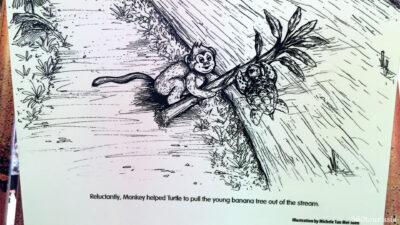
Reluctantly, monkey helped Turtle to pull the young banana tree out of the stream. – Illustration by Michele Tan Mei-Juen
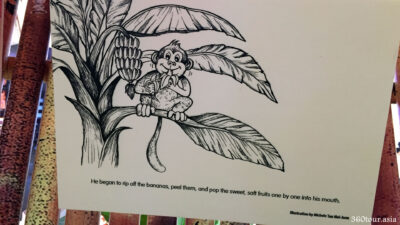
He Began to rip off the bananas, peeling them, and pop the sweet, soft fruits one by one into his mouth. – Illustration by Michele Tan Mei-Juen
The next tale is “How Balira Got His Bones”, retold by Chuah Guat Eng. It is a story about how Balira got his bones and lived to a ripe old age as the shaman of Sungai Apong.
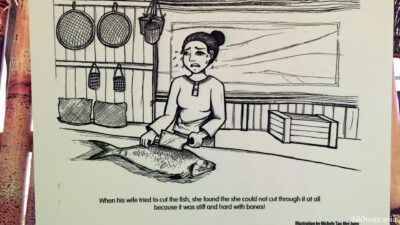
When his wife tried to cut the fish, she found that she could not cut through it at all because it was stiff and hard with bones – Illustration by Michele Tan Mei-Juen
The next tale is “the Peacock Pheasant and the Crow Pheasant”, Narrated by Naming Ak Baren, Kampung Anggo, Seratau. It is a story about why peacock pheasants are found only in the primary jungle, and crow pheasants in secondary forest and near human settlements.
The next Tale is “Job’s Tears”, narrated by Arthur Atos Langgi, Kampung Ta’ee, Serian. It is a story on why Job’s Tears have curved chest, and that’s why today people still don’t use Job’s Tears as a staple food, but use to make fermented drinks, such as Tuak, and also to preserve pickled fish.
Next is the showcase of photos of activity, equipment and tools used by Bidayuh Community.

